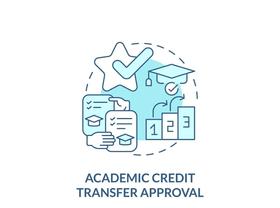Community colleges have been diversifying their student populations in recent years to include students from other states and even other countries. Their appeal also expands as some two-year schools become known for specific programs, transfer agreements with four-year institutions, and even partnerships with local businesses. International students interested in a U.S. community college may enjoy several benefits but face unique challenges in realizing their higher education dreams.
Why International Students Choose Community College
There are several reasons why international students are looking at community colleges today, according to a report at U.S. News, including:
- Lower Tuition Rates – Students from a distance find affordable higher education through America’s community college system. For example, the U.S. News and World Report cites the average cost of 24 credits from Diablo Community College in California at around $6,000, while the same number of credits at San Jose State University, a neighboring four-year school, is around $16,500 for the same number of credits.
- Transfer Options – Many community colleges across the country now have transfer agreements with four-year schools, ensuring students who begin their education in a two-year program can finish their baccalaureate degree at a nearby institution.
- Smoother Transition – Students from other countries often find community college an easier transition to the American way of life. Many community colleges provide English language courses and other services to help international students adapt to a new language and culture.
- Easier Requirements – For international students who don’t have the



























